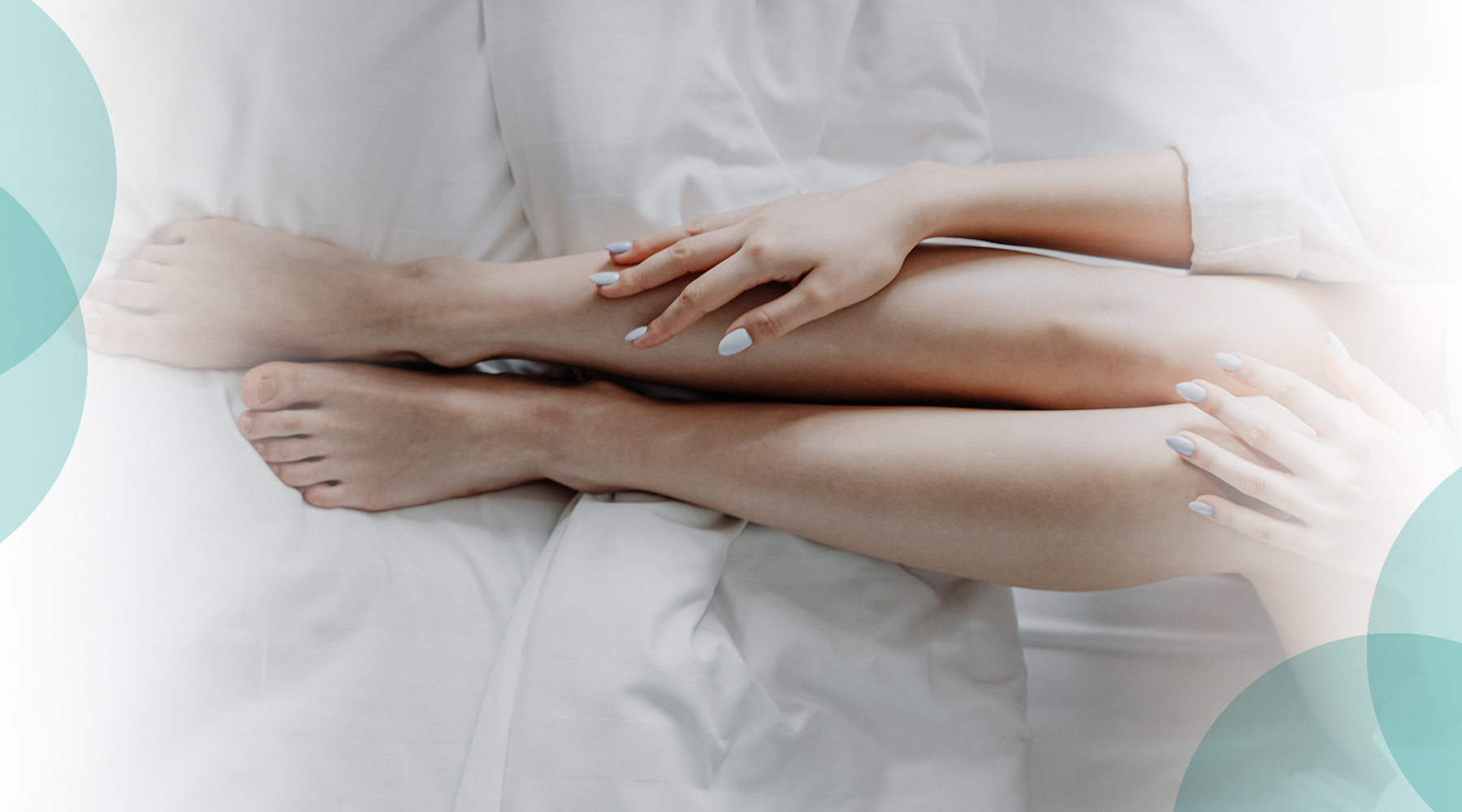Everyone wants soft, smooth skin, right?
That quest for clear, supple skin doesn’t stop at the neck, either. We spend so much time focusing on skincare routines for our faces, but what about the rest of our bodies? If you’re dealing with patches of small bumps that look more like goosebumps than zits, you’re likely not dealing with a regular breakout. Instead, these tiny skin-colored or reddish bumps are what is known as keratosis pilaris. It can’t be treated the same way as regular breakouts.
In fact, harsh chemical exfoliants that might clear regular acne could potentially make keratosis pilaris worse! So, how do you treat it without irritating the skin condition? And what can you do to keep it away for good? First, let’s look at what keratosis pilaris really is and what might be causing it. That way, you know what you are dealing with and what will help clear it – leaving you with smoother, clearer skin.
What Is Keratosis Pilaris?
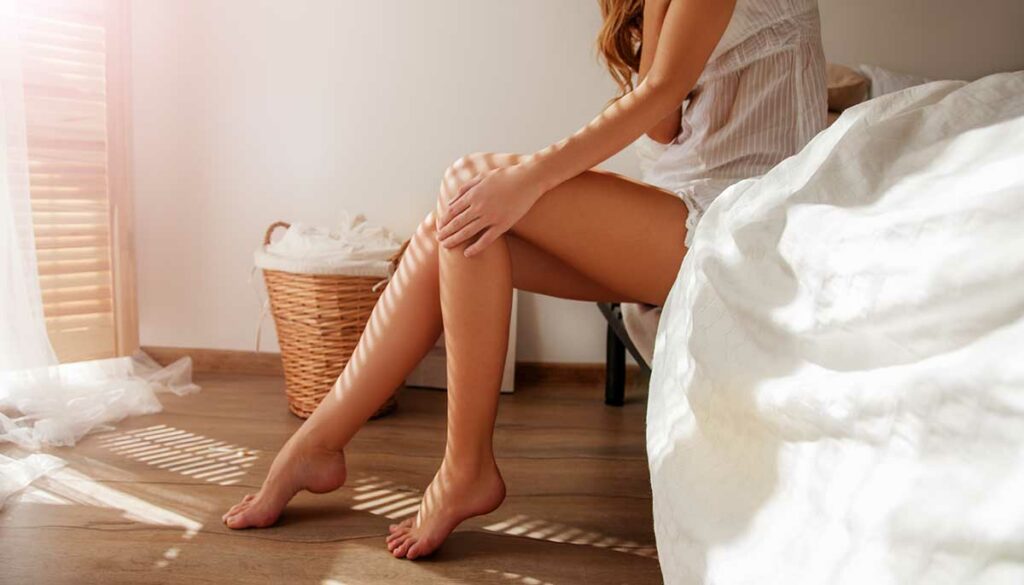
If you have rough patches of small bumps in places like your upper arms, thighs, or buttocks, you are likely experiencing keratosis pilaris. These small skin-colored or reddish bumps might resemble a breakout, but it is actually a skin condition.
“Skin condition” sounds kind of scary, but I promise that this one isn’t. Sometimes referred to as “chicken skin,” keratosis pilaris is pretty harmless. And if you have it, you’re definitely not alone. It might be more common than you think, too. It affects upwards of 80 percent of adolescents and around 40 percent of adults worldwide.
Keratosis pilaris often affects people with certain other skin conditions, such as eczema, but you don’t have to have other conditions to get this one. It is also more likely that you will develop keratosis pilaris if other people in your family have it, so genetics factor in. It’s also worth noting that strong chemical exfoliants, medications, and fragrances can aggravate and intensify keratosis pilaris. If you notice that your skincare products are making it worse, it’s time to make a switch.
If you think you have keratosis pilaris, diagnosis is really simple, because it just takes a look. There is no test. Your doc can diagnose keratosis pilaris just by looking at the affected skin. Even though this skin condition is non-threatening, it can be irritating, itchy, and just plain annoying. But if you don’t know what causes it, it can be hard to get it to go away!
What Causes Keratosis Pilaris?
Dermatologists have known for a while now that keratosis pilaris is caused by the build-up of a protein called keratin. Normally, keratin helps protect skin from infections and supports wound healing, and it’s important for maintaining the structure of your skin.
With keratosis pilaris, there is too much keratin. It clogs up the hair follicles on your skin, causing those little bumps. Seems simple, right? Until now, the reason for the build-up has been largely unknown. Doctors have known that dry skin makes you more prone to keratosis pilaris, and we all know it is usually worse in the winter months. But it’s pretty hard to treat a condition, if you don’t know exactly what is causing it, right?
Read More: 6 Tips for Healthy Winter Skin
Recent research points to our sebaceous glands. Wait… what are sebaceous glands? These are the small, oil-producing glands in our skin. They are attached to the hair follicles, and release an oily matter, called sebum, up through the follicular duct. This lipid-rich secretion is what keeps your skin and hair lubricated and protected.
When those sebaceous glands aren’t doing their job, it results in bumps, redness, and inflammation. A lack of sebum means a lack of naturally produced oil, fats, and acids that normally aid in hair follicle growth, and even skin turnover. So, without sebum, hair follicles get clogged up.
How to Treat Keratosis Pilaris
There is no actual cure for keratosis pilaris, but you can treat it. And in fact, for many people, it goes away on its own. It may disappear entirely in adulthood, or it could come and go. For the rest of us (myself included), it might stick around all the time.
When it doesn’t go away on its own, it can be managed with a skincare regimen. With proper care, you can manage keratosis pilaris, and reduce the appearance of it. You may even see it disappear entirely. Just remember that there is no cure, so you’ll have to stay on top of your treatment if you want to keep the skin condition in check for good!
Removing Irritations to Manage Keratosis Pilaris
First things first: to manage keratosis pilaris, it is time to remove any drying or irritating skincare products. These include products that include ingredients like alcohol, harsh exfoliants, and fragrances – especially the artificial kind. While ditching these products may not get rid of keratosis pilaris entirely, this can help lessen the appearance of it, and make other treatments more effective.
It might be time to ditch the skinny jeans if you’re dealing with keratosis pilaris. While it doesn’t necessarily cause the skin condition, tight clothing can make it worse. All that friction can (and will!) irritate your skin.
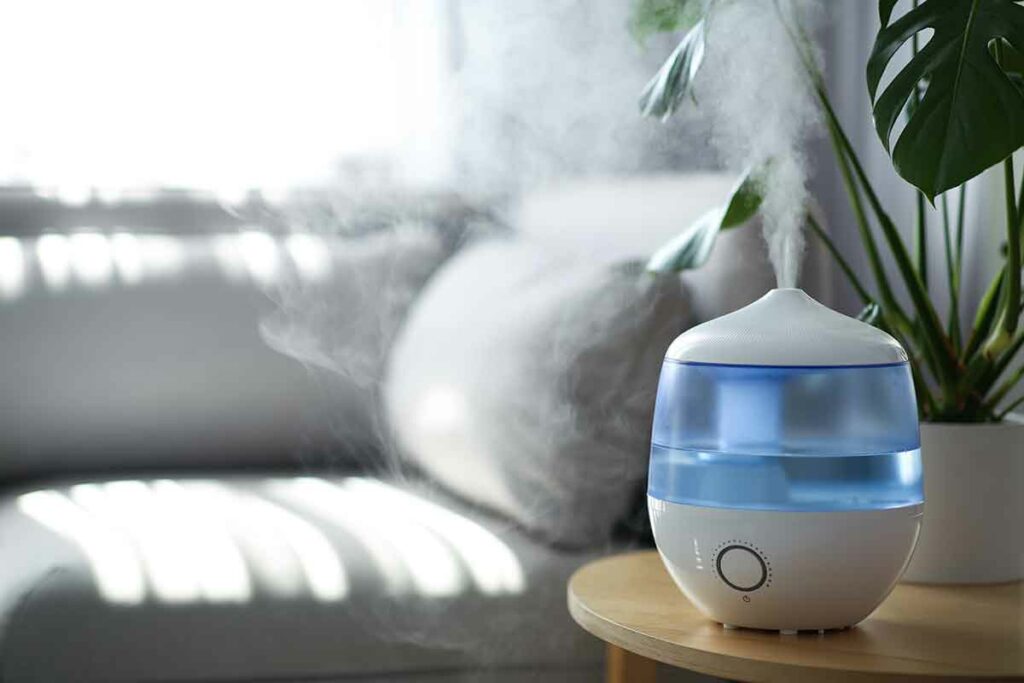
Dry air is also a big factor. Humidity is lower in winter months, and it is lower year-round in certain locations. While you can’t change the humidity outside, you can change the humidity inside of your home. Add moisture to the air in your home with a humidifier to ease keratosis pilaris.
Long, hot showers or baths are also a big no-no. It seems counterproductive to say no to a long shower, but this could be making your keratosis pilaris worse. All that extra time in hot water actually strips your skin of natural oils and fats that keep your skin healthy, and disrupts your skin’s natural balance of moisture.And if your sebaceous glands are already not functioning properly, this is definitely bad news.
And while this may be obvious, I am still going to say it: stop scratching, and don’t rub your skin too roughly. This includes harsh exfoliation and scrubbing aggressively. You can’t scrub keratosis pilaris away, no matter how hard you try. You will just wind up exacerbating the skin condition, or potentially damaging your skin and inviting infection.
Gently Exfoliate
Avoiding harsh exfoliation doesn’t mean that you shouldn’t exfoliate at all. In fact, gentle exfoliation is pretty key to keeping keratosis pilaris in check. It will help clear the buildup of dead skin cells.
Again, skip the aggressive scrubbing, and don’t reach for harsh chemical exfoliants. Instead, you want to reach for something gentle. Chemical exfoliants can be a great option, because depending on the kind you choose, it will be less abrasive than physical exfoliants. They penetrate deep into the skin, and break apart the bonds that hold dead skin cells together. AHAs and BHAs (aka alpha and beta hydroxy acids) are good options. This includes the likes of glycolic, lactic, and salicylic acid.
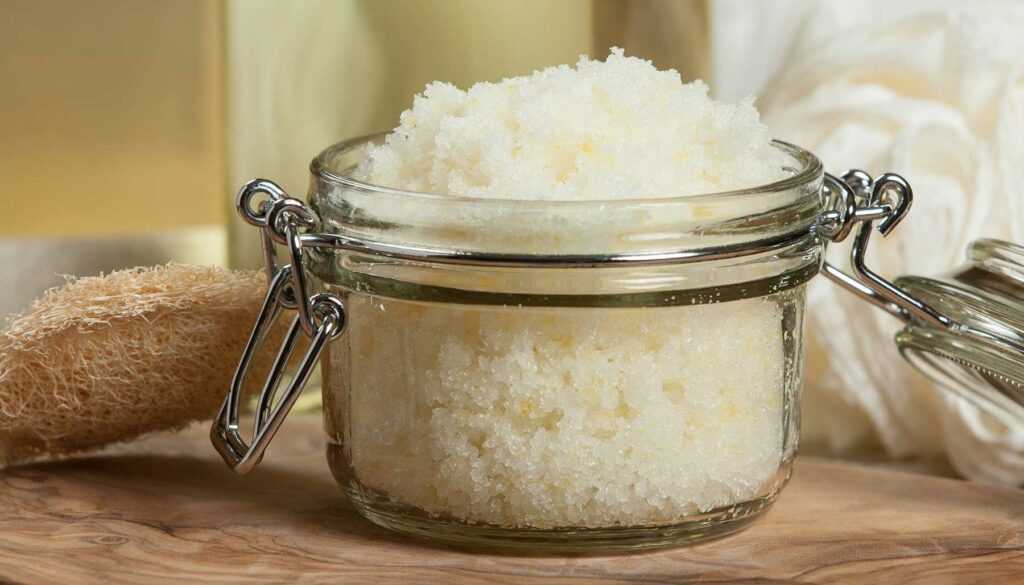
If you prefer physical exfoliants, there are plenty of home remedies that can get the job done. And if you use sugar, it is actually a natural source of glycolic acid. It’s like a two-for-one. If you would like to make yourself a basic sugar scrub, check out the recipe here.
Moisturize, Moisturize, Moisturize
Exfoliation is definitely important when keeping keratosis pilaris in check, but so is moisturization.
If keratosis pilaris is caused by a lack of sebum, that means that your skin is severely lacking in natural moisture. That lack of sebum also means that your skin will lose moisture more rapidly, because sebum forms a protective barrier against moisture evaporation.
That’s a fancy way of saying you need to slap on some serious moisturizer. When it comes to moisturizer, there are three different types.
Emollients:
These make your skin feel smoother and softer, by filling the space between skin cells with lipids, oils, silicones, or chemical additives. These would be ingredients such as cocoa butter, lanolin, shea butter, mineral oil, and collagen.
Humectants:
These hydrate the skin by pulling moisture from the environment into the skin. This includes ingredients like hyaluronic acid, lactic acid, and glycerin.
Occlusives:
These provide a seal over the skin to protect and prevent moisture loss. This includes petroleum jelly, silicones, beeswax, and the like.
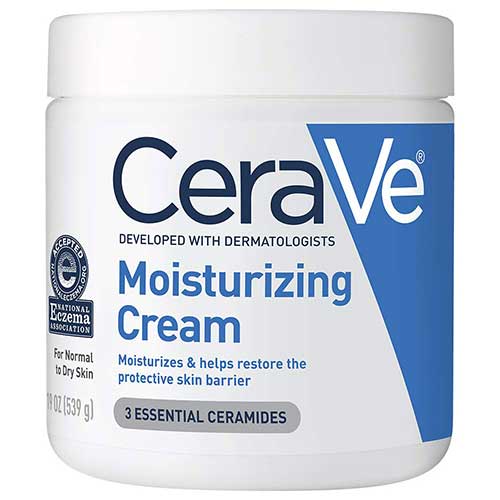
When treating keratosis pilaris, it’s best if you can find a product that delivers as much of these as you can. Now that we know keratosis pilaris is tied to a lack of sebum, you want to find a product that combines these different types of moisturizers into one. CeraVe Moisturizing Cream features hyaluronic acid, ceramides, and petrolatum, so it will help lock in skin’s moisture and restore your skin’s protective barrier.
You can also find moisturizers that combine gentle exfoliants with moisture, that might help even more with stubborn keratosis pilaris. CeraVe also offers SA Cream for Rough & Bumpy Skin, which contains salicylic acid and lactic acid for gentle exfoliation. It also features hyaluronic acid, niacinamide, and ceramides.


